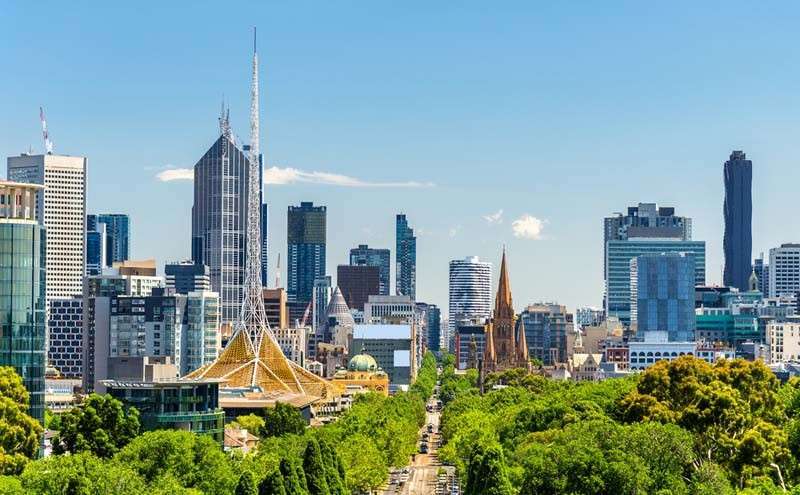PLANNING INTERVENTIONS FOR MIGRANT LABOURERS
The first case of COVID-19 pandemic in
India was reported on 30 January 2020, originating from China. Due to this
outbreak, all educational, commercial, transportation and industrial activities
have been shut down due to lockdown observed in country starting on 24th
March 2020 and still continuing. Besides this the one who most affected in this
lockdown period are migrant labourers facing multiple hazards like loss of
income, food shortages and lack in the shelter facilities because lockdown was
declared as an emergency and labourers could not reach their hometown and stuck
at their workplaces in different Cities and States. During this lockdown
period, thousands of migrant labourers started walking and cycling hundreds of
kilometres to reach their native places many did so while hungry and died due
to hunger and dehydration. As we have heard so many cases of accidents of
migrant labourers till date, the recent one 16 migrants were killed while
sleeping on railway track and railway passed over them while they were
returning their homes in Aurangabad, Maharashtra due to unavailability of
transportation during the lockdown period. Seeing this situation State and
Central government arranged buses and railway facility to carry millions of
migrant labourers to reach their native places.
The role of planning interventions for
migrant labourers is more important during this lockdown period and post
lockdown period or during any other crisis. During this lockdown period, the
local booths need to be set up in villages, towns and cities by authorities one
in each ward for remaining labourers stuck according to requirement so as to
ensure that no gathering of migrant labourers take place and government
guideline can be followed. The migrant labourers who have been stuck at work
places need to give his/her information regarding all his contact details, work
details, income details, place of residence during work and native place
address at this local booth situated in each village, town and city maintaining
social distance and following government guidelines. Once this information is
collected the spatial database need to be created by Planner using exact
locations and information provided by migrant labourers using GIS (Geographic
Information System) of each town and cities in the Country. This data
collected need to be analyse and accordingly figure out buses and railways
required to carry remaining labourers to reach their native places. During the
time period required to complete the process the State government and local
government should ensure that the labourers who have been stuck should get proper
food, shelter and medical facilities. Under the One Nation One Ration Card
which is recently launched scheme by Government of India, the state governments
should make the temporary ration cards for migrant labourers under this scheme
by using spatial database created by the planners of labourers information, so
that labourers can access to ration (food) in stuck places irrespective to old
ration card which was applicable to particular city only. And post lockdown
period this ration cards can be converted to permanent one. The labourers stuck
in workplaces lacking in shelter facilities, the planner need to identify the
safest place to form relief centres for labourers for providing shelters. Using
the COVID-19 cases locations point data the hotspot areas and cold spot area in
the town and cities can be identified using Hotspot analysis in GIS and using
the results the planners can predict and identify safest place where there are
no cases and less chances of COVID-19 using Interpolation methods (Kriging
Method) in GIS and local government with the help of this data can form
relief centres with proper medical and food facilities for migrant labourers.
This process would ensure proper care and help for labourers and provide basic
necessity like food, shelter, medical and transportation facilities to reach
their native places during this lockdown period.
As we know that many labours have return
home during lockdown period and at same time government has asked companies and
industries to resume with their work. This would affect the goods and services
production due to unavailability of labours at this moment. The labours are an important
asset in manufacturing, production and construction sector and contribute much
to economy of the country and also on one hand in the country labourers are
also diminishing due to lack of employment opportunities and workforce required
in Industries is also decreasing due to unavailability of proper trained and
skill labourers required for the industries. Taking all the factors into considerations
in post lockdown period planning need to focus on providing Micro, Small and
Medium enterprises, cottage industries, special economic zones in Development
plans and Regional plans of the Cities and districts of the state and taking
into consideration the Aatma Nirbhar Bharat Abhiyan a special economic
package launched by Government of India on 8th May 2020 to boost and
revive the economy of India with focus on the labour, land, liquidity, MSME’s
and cottage industries. Planning need to focus on increasing the workforce of
the Industries which would attract more labourers and need to advice the
Government on providing the skill and training centres to labourers in order to
increase skill labourers and workforce in the industries. Planning need to
focus on making policy and schemes for providing zones of residences for
migrant labours with all basic facilities required around industries, which
will be the strategy to attract more labourers and workforce in the Industries located
in town and cities. This planning interventions would definitely help to solve
the issues of industries requiring skill labourers, increasing workforce in the
industries, providing shelter and facilities to migrant labourers.
In
short if a planning focus on providing MSME’s, cottage industries and SEZ’s in
the village, town and cities and providing zone of residences with proper
enquiry and registrations to migrant labourers and all the basic facilities
made available then it will attract more labourers and help to increase the
workforce in the industries. As labourers are important assets for the
production of goods and services, implementing this planning interventions will
encourage industries to produce more items and new brands on one hand with
increase in workforce and on other hand it will ensure the care, safety,
employment, income and all basic facilities for the migrant labourers. Doing
this will definitely make India grow and revive its economy and produce more
items and new brands in the country itself rather than relying and using export
items from other countries. This Planning interventions for migrant
labourers will definitely make India a Aatma Nirbhar and India of 21st
Century will be known by the whole world.
Together We Will
Grow, Together We Will Build
Related Articles

LOW CARBON CITY

HEALTHY CITIES

Urban Planning and Sociology

DOES OUR ROLE AS A HUMAN BEING AND AS AN ARCHITECT IS DIFFERENT?




